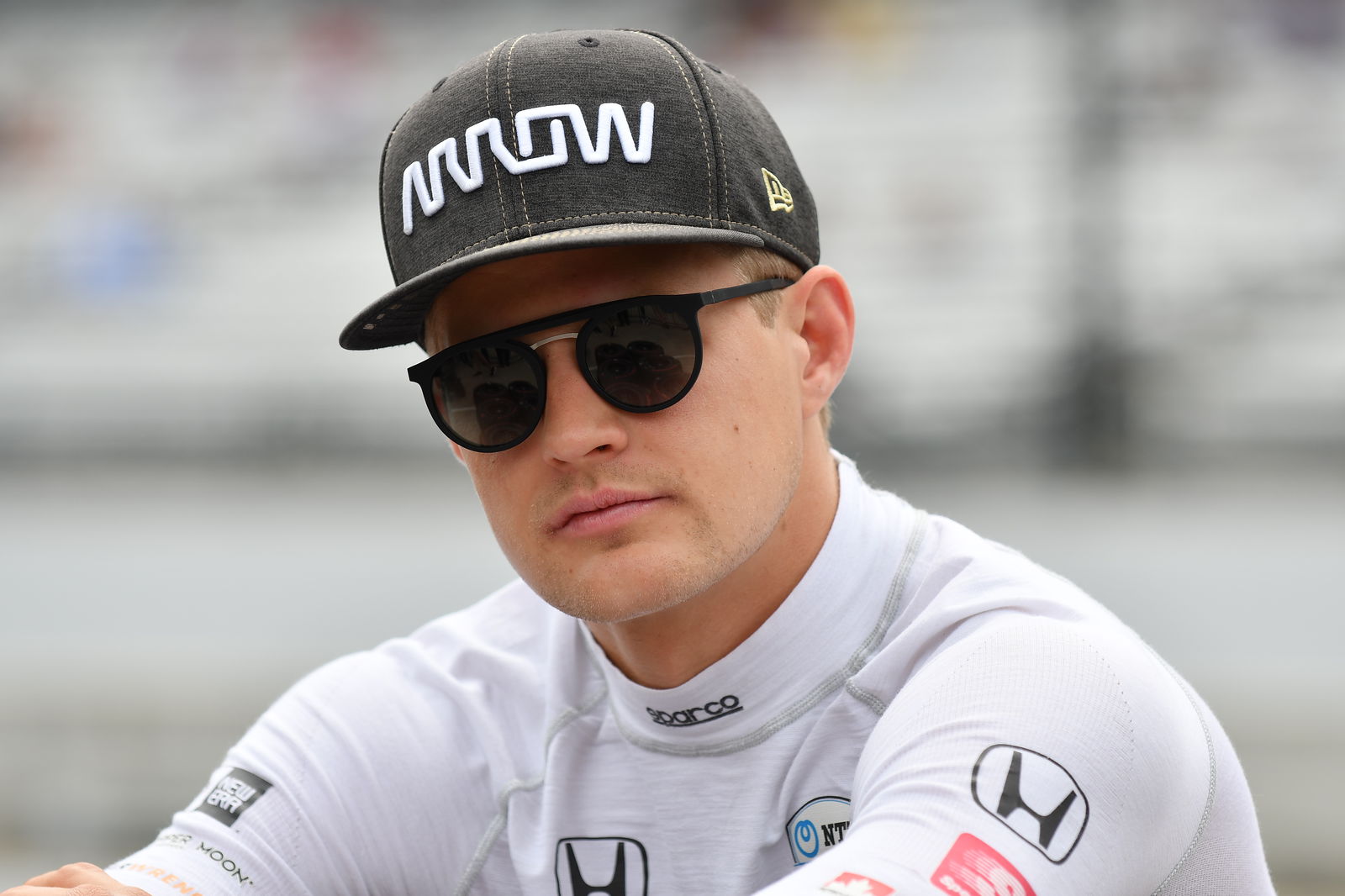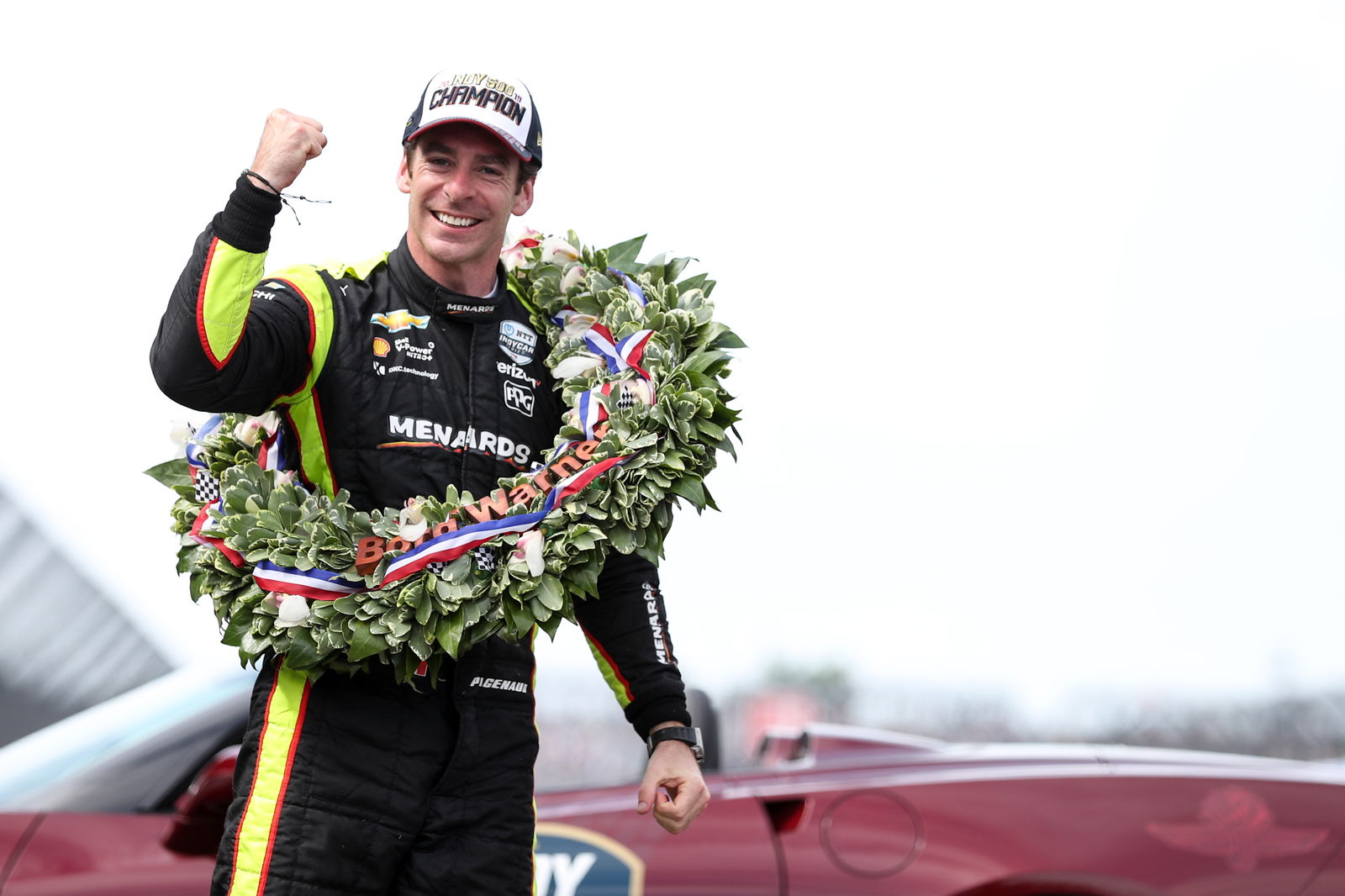Second to none: Best drivers never win the Indy 500
The thrill of victory, the agony of defeat.
That quote by ABC broadcasting legend Jim McKay sum up what the Indianapolis 500 is all about. A winner of the Memorial Day Classic is remembered forever while second place sadly is just the first loser.
When a driver comes up short multiple times at Indianapolis, that ironically makes them as notable as those that adorn the BorgWarner Trophy. Here is a look at the foremost competitors to never taste the milk at Indianapolis.

The thrill of victory, the agony of defeat.
That quote by ABC broadcasting legend Jim McKay sum up what the Indianapolis 500 is all about. A winner of the Memorial Day Classic is remembered forever while second place sadly is just the first loser.
When a driver comes up short multiple times at Indianapolis, that ironically makes them as notable as those that adorn the BorgWarner Trophy. Here is a look at the foremost competitors to never taste the milk at Indianapolis.
1. Michael Andretti –With 42 career wins to his credit, Michael Andretti stands as one of the most successful drivers from 1984-2003. The only thing missing from his resume is an Indy 500 win.
His record at the Indianapolis 500 epitomises the phrase – “So close but yet so far.” Andretti led 431 laps in his 16 starts, which stands as the most laps led without a win.
His first encounter with misfortune came in 1989 when his Newman Hass Chevrolet-powered engine quit while leading eventual race winner Emerson Fittipaldi on Lap 192. He led the most laps two years later in 1991 but saw his chances for a win get overtaken by Rick Mears with five laps to go.
The Nazareth, Pennsylvania’s must crushing defeat came in 1992 when he led 160 laps when his fuel pump failed just 11 laps shy of the chequered flag, which handed the win over to Al Unser Jr.
A jump over to Formula 1 in 1993 and an uneventful sixth-place finish in 1994 while driving for Chip Ganassi Racing set up for a return to Newman Haas in 1995. Andretti led 45 laps but damaged the suspension on his Lola while passing Mauricio Gugelmin for the lead on Lap 77 and subsequently retired.
The American Open Wheel Racing split saw Andretti take a six-year absence from IMS. He returned in 2001 where he finished third behind Team Penske drivers Helio Castroneves and Gil de Ferran. He announced his retirement in 2003 with the 500 being his sendoff race. The race went similar to the others as he led 28 laps before a mechanical issue dropped him out on the 94th lap.
His retirement was short lived when he returned in 2006 and came within three laps of winning when he was inhaled by son Marco and eventual race winner Sam Hornish, Jr., relegating him to third. He ended up 13th in 2007 as his driver Dario Franchitti claimed the first of his three Indy 500s.
2. Dan Gurney – The name Dan Gurney resonates as a pioneer of American Motorsport. Gurney stood out from the crown as he built and raced his cars out of his All-American Racers shop in Costa Mesa, California.
Gurney’s racing resume includes a win at the 24 Hours of Le Mans driving for Ford, four Formula One wins including the 1967 Belgian Grand Prix driving his self-designed Eagle. He topped those off with five NASCAR wins, all at his home track in Riverside, California.
He entered the Indianapolis 500 nine times, eight while driving an Eagle. He finished second twice – 1968 and 1969 before retiring after finishing third in 1970.
That marked the start of a successful stint as a car owner and constructor, claiming a win in the 1975 500 with Bobby Unser driving an Eagle.
3. Bobby Marshman – The name Bobby Marshman may not resonate in modern racing circles, but his presence in the Indianapolis 500 cannot be ignored. Marshman shared rookie of the year honors with Parnelli Jones in 1961 with a seventh-place finish in a race that saw 20 of the 33 starters retire.
His big moment came in 1964 when he entered in a Lindsay Hopkins privately-owned Lotus. The Pennsylvanian qualified second and moved past Lotus factory driver Jim Clark when the race resumed after a two-hour red flag for a terrible accident that claimed the lives of Eddie Sachs and Dave McDonald.
Marshman built up a comfortable lead, but everything came apart on Lap 37 when he encountered lapped traffic and was forced off the racing surface. The excursion damaged the engine and ended his remarkable run.
The story of Marshman was cut all too short in November of that year when he died five days after suffering burns in a testing crash at the ISM Raceway in Avondale, Arizona.
4. Eddie Sachs – The aptly named “Clown Prince of Auto Racing” was known for his pleasurable personality in and out of the cockpit. His best performance arguably came in 1961 when he traded the lead with AJ Foyt throughout the race’s final half.
Sachs picked up the lead with 17 to go when Foyt was forced to make a late pitstop and had nearly 25 seconds in the bag. A degrading tyre forced him to the pit lane with three laps remaining which handed the win over to Foyt, the first of his four Indy crowns.
The story for Sachs ended on a tragic note as he and Dave McDonald were killed in a ghastly crash on the opening lap.
5. Lloyd Ruby – Ruby was one of the early drivers to be tainted with bad luck at the Memorial Day Classic. The Texan led 126 laps across 18 starts at Indy with his best shot coming 1969. Ruby picked up the lead on Lap 79 when Mario Andretti’s Hawk/Ford started overheating.
He held the lead for just 11 laps when bad luck bit him on a pitstop on Lap 105. He engaged the clutch while his crew was refueling his car, which caused the fuel hose to damage the fuel tank and retired him from the race.

